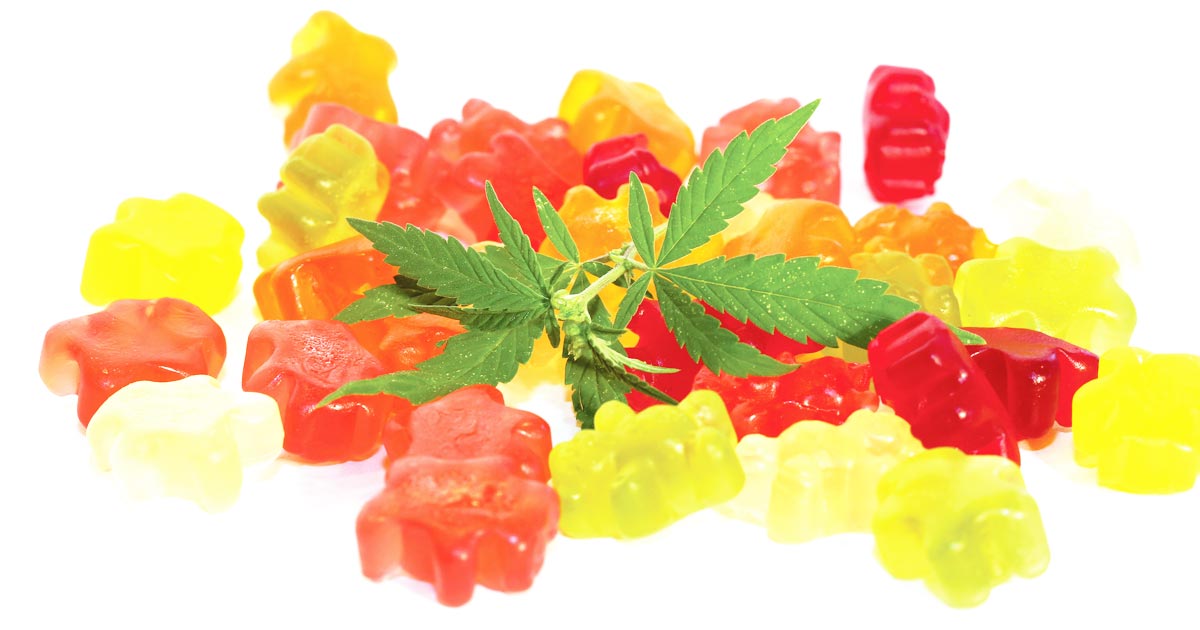By Ken Levy
Whether dosing for disease-related symptoms or general well-being, marijuana use can be beneficial for many who may not find relief otherwise, or who wish to supplement existing treatments.
Cannabis has been used medicinally for thousands of years, and its first recorded use was around 5,000 years ago in ancient China.
Things have certainly changed since then, but in the United States, federal regulations on marijuana still significantly limit the amount of research available on its medical benefits, especially with regard to treating symptoms of Parkinson’s Disease, epileptic seizures, or chronic pain.
Many findings to date show marijuana can in fact be beneficial for individuals suffering symptoms of these ailments, but, legal ramifications aside, knowing how much to use depends on a user’s willingness to try it and their tolerance of, and receptiveness to, such treatments.
Anyone using cannabis medicinally should always follow doctor recommendations. There is no one-size-fits-all treatment level, since everyone’s cannabinoid receptors are different. A starting dose for one person may be 5mg, where it may be 10mg for another.
In any case, care must be taken regarding possible interactions with other medications for treating these infirmities.
Parkinson’s Disease
The Parkinson’s Foundation conducted a study in partnership with Northwestern University researchers, which found physicians would be more apt to use medical marijuana as a treatment if it were approved through regulation instead of legislation.
“Nearly all medications are only approved after passing a science-based evaluation proving their effectiveness in a process overseen by the (U.S.) Food and Drug Administration,” the study said. “Since cannabis has been approved through legislation rather than regulation, there are no labels, dosage recommendations, or timing instructions that physicians can reference.”
According to the National Institutes of Health’s National Center for Biotechnology Information, self-medication with marijuana has improved many Parkinson’s symptoms, including bradykinesia (slowness of movement), tremors, rigidity, depression, sleep, and pain.
“More research is required to study the effects of marijuana in patients with PD, for which treatment is limited,” the NIH said.
Epilepsy
Cannabidiol (CBD), the non-psychoactive ingredient in cannabis, seems to be the main focus of medical treatment research for epilepsy. The Epilepsy Foundation said a number of studies have shown the benefit of plant-based CBD products in treating specific groups of people with epilepsy who have not responded to traditional therapies.
The Foundation said conventional treatments for seizures don’t work for about 30 percent of epilepsy patients. These individuals should talk with their doctors about considering CBD products for relief. To this point, a product known as Epidiolex oral solution is the only CBD prescription medication approved by the FDA, according to the NIH. It is used to treat against seizures associated with severe forms of epilepsy.
On the other side of the cannabis coin, THC—tetrahydrocannabinol, the psychoactive ingredient—can be used to help with pain, muscle spasms, glaucoma, insomnia, low appetite, nausea, and anxiety, according to Healthline.
Chronic Pain
A report published in Physician’s Weekly said chronic pain can be treated with medical cannabis following one of three protocols based on patient characteristics—routine, conservative, or rapid.
The PW report recommends starting with oral products containing CBD only, because many patients benefit without THC. Patients can be moved across protocols to help tailor approaches as needed.
Elderly and frail patients should follow the conservative protocol, the report said. Initial doses of CBD should start with 5 mg once a day and be adjusted by 10 mg every two to three days, until patients respond, or the dosage reaches 40 mg per day. THC can be added at 1 mg a day, increasing by that amount every seven days, until the maximum of 40 mg perday is reached.
“The majority of patients can be treated using a routine protocol, in which patients are started on 5 mg of CBD twice daily and (adjusted) by 10 mg every two to three days, until they reach their goals, or up to 40 mg per day,” according to the report. “THC should only be added if patients fail to respond to CBD.”
For these cases, the report recommends THC levels start at 2.5 mg daily and adjusted by that amount every two to seven days, up to a maximum of 40 mg daily.
The report stated patients with severe pain or cancer, or those with significant prior cannabis use, can follow the rapid protocol, “in which a CBD-THC balanced dose is initiated between 2.5 and 5 mg of each cannabinoid once or twice daily. The dose can be (adjusted) by 2.5 to 5 mg of each cannabinoid every two to three days, until patients reach their goals, or to a maximum THC dose of 40 mg per day.”
General Well-Being
“I strongly believe that all cannabis use is not to your detriment,” said Randy Dery, who runs the Missoula location of Lifted Meds. “It’s medical if you’re using it just to put a smile on your face and boost your mood. You do all kinds of other stuff to take different chemicals, and doctors prescribe stuff to do that, so it’s just being able to relax in the evening and have a laugh or two. Yes, it’s recreational, but if it’s done in a way that isn’t a negative in your life, it should be thought of as medical as well.”
As with all uses of marijuana, starting off slow and easy is the best prescription. For example, the effects from smoking weed are short-lived, he said.
“If you ever overdo it, wait 20 minutes, and you’re going to feel just fine,” Dery said.
Edibles have a much higher variability. The standard dose under Montana law caps at 10 mg for recreational THC. Whether THC is used alone or combined with CBD, when in the form of digestible cannabis, it can take up to two hours to take full effect. It lasts longer than other forms and is usually stronger.
For many, 10 mg is the ideal starting point, according to Dery.
“There are the occasional people that are very sensitive to it, and maybe they should start even smaller, like 5 mg, or even 2.5 mg,” he said.
For the best effect, he said, be fully hydrated, and don’t use just after eating. MSN









